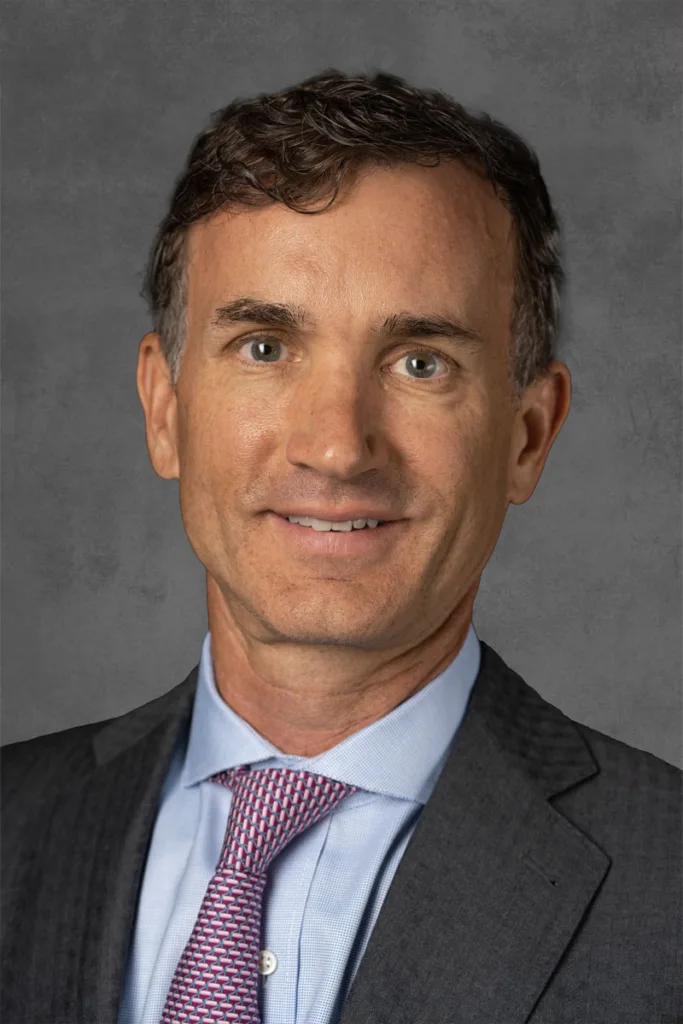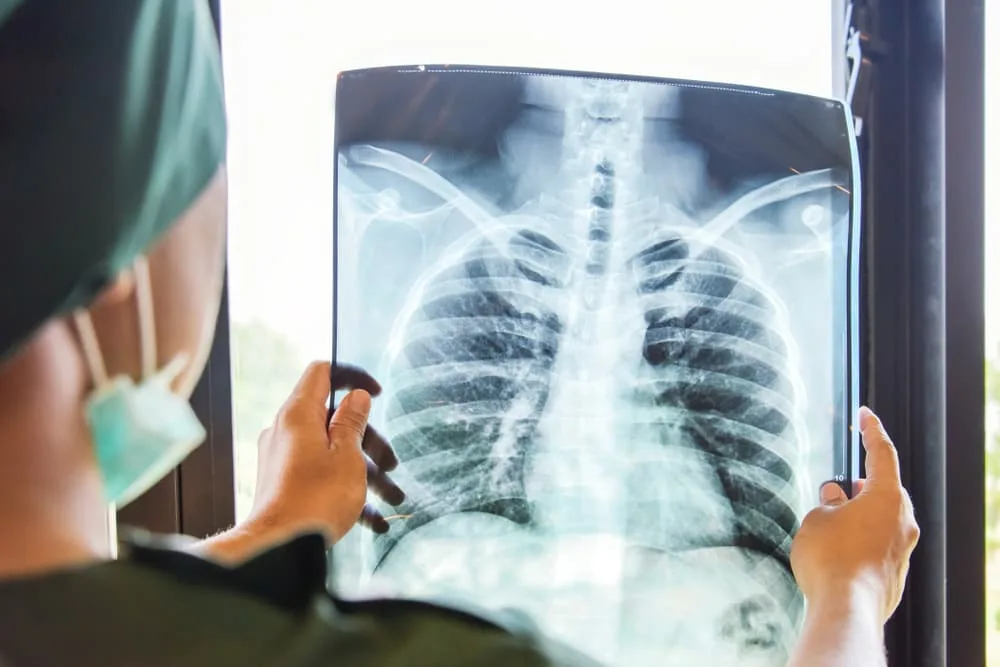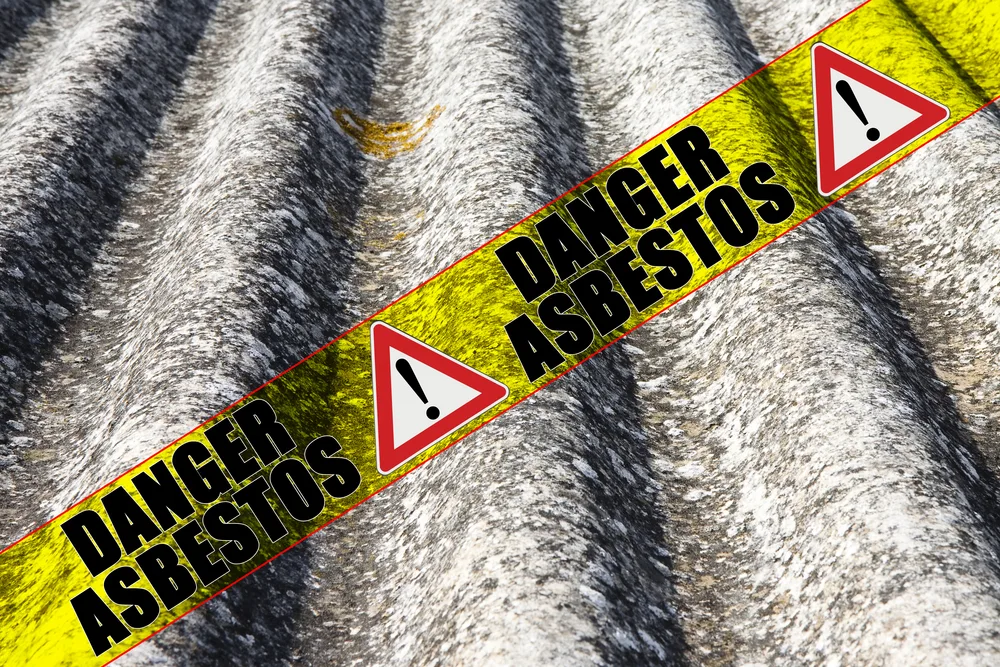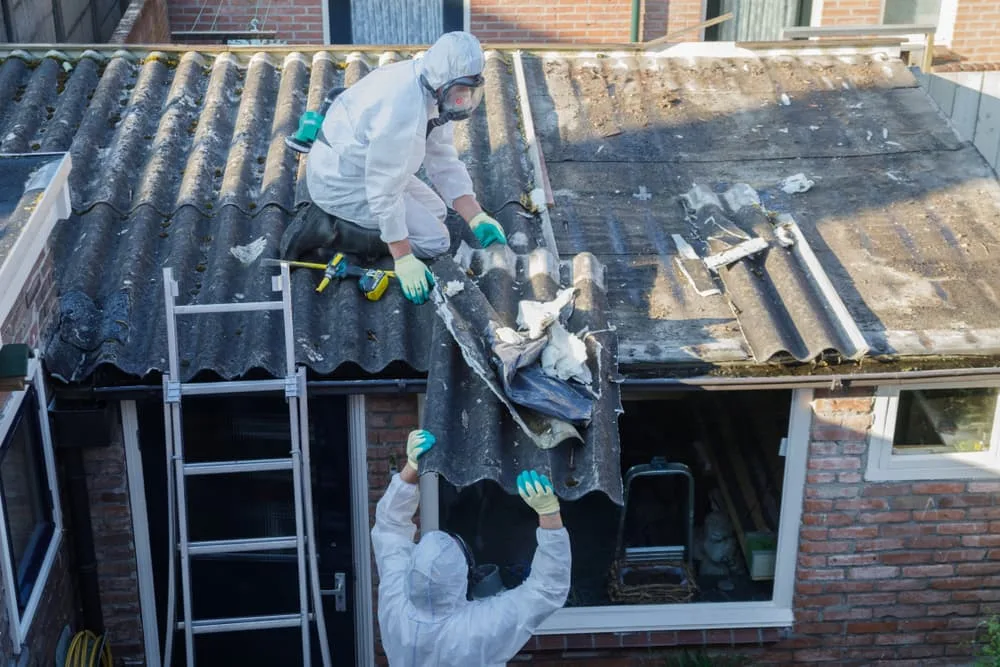In the United States, about 609,360 people will die of cancer every year. According to the American Cancer Society, lung cancer will cause about one in five of those deaths.
Whether inhaled or ingested, asbestos fibers can easily travel through your bloodstream and lymphatic system, gradually causing inflammation and scarring. The damage caused by these thin, sharp fibers can increase your risk of lung cancer and other lung conditions like asbestosis.
Unfortunately, asbestos-related lung cancer can take decades to develop after initial exposure, making it difficult to detect. If you were diagnosed with lung cancer after asbestos exposure, you need to stay on top of your diagnosis by understanding the risks and how asbestos-related cancers develop.
Consulting an experienced lung cancer caused by exposure to asbestos attorney can determine whether you have a case and if you can pursue compensation.
How Does Asbestos Cause Lung Cancer?

Disturbing asbestos-containing products or materials can release microscopic fibers into the air. Inhaling or ingesting these fibers can cause cancer.
Genetically damaged cells cause out-of-control growth; cancer cells can spread through the lymph nodes and form tumors throughout the body.
Heavy exposure will generally cause asbestos-related cancer to develop sooner; however, it can take anywhere from 10 to 40 years for asbestos-related lung cancer to manifest with symptoms.
Lung cancer caused by asbestos has several risk factors, including:
- The duration of your asbestos exposure
- The amount of asbestos you were exposed to
- Smoking or using tobacco
- A genetic predisposition to cancer (specifically lung cancer)
- Having a pre-existing lung condition
- Health factors such as weight and blood pressure
- The type of asbestos (crocidolite being the most deadly form)
- How you were exposed (through ingestion or skin contact)
- Your age (as you age, your risk increases)
- Having previously suffered from cancer
- Being HIV/AIDS positive
Smoking reduces the lung’s ability to filter asbestos fibers. People who smoke and experience asbestos exposure increase their risk of lung cancer. Additionally, because most exposure happens at work, those who work in fields that involve prolonged contact with asbestos, such as construction, are also at an increased risk of developing asbestos-related diseases.
Who Is at Risk of Developing Asbestos-Related Lung Cancer?
Although asbestos is not currently illegal in the US, the Occupational Safety and Health Administration (OSHA) limits the amount of asbestos in the air. Additionally, OSHA requires employers to take appropriate precautionary and safety measures to protect their employees from exposure, such as providing them with protective clothing and equipment.
The following are the top at-risk occupations for asbestos exposure:
- Power plant workers
- Auto mechanic workers
- Construction workers
- Firefighters
- Shipyard and shipping industry workers
- Maintenance workers
- Electrical workers
- Railroad workers
Secondary exposure can occur when workers go home covered in asbestos dust or wash contaminated clothes. The workers’ families and other household members may be at an increased risk of developing asbestos-related lung cancer from this exposure. If you were diagnosed with asbestos-related lung cancer and worked in any of the above industries, seek legal advice as soon as possible.
Lung Cancer Types Associated with Asbestos
Because of the nature of asbestos-related lung damage, asbestos exposure can lead to the development of lung cancer in any form. The two most common types of asbestos-related lung cancer are small-cell lung cancer (SCLC) and non-small-cell lung cancer (NSCLC).
Non-Small Cell Lung Cancer (NSCLC)
NSCLC accounts for around 80 percent of all lung cancers. A larger cell structure defines this form of lung cancer and has three subtypes: adenocarcinoma, squamous cell carcinoma, and large cell carcinoma.
Adenocarcinoma is the most common NSCLC and forms on the outer tissue of the lungs. Squamous cell carcinoma develops in the lungs’ airways, slowly growing and spreading. Large cell carcinoma is the least common subtype, but it is the most dangerous because it can grow and spread rapidly.
Small Cell Lung Cancer (SCLC)
SCLC usually spreads more rapidly than NSCLC and is typically more aggressive. This form of lung cancer involves smaller cells than those of NSCLC, often making SCLC more responsive to treatments like radiation and chemotherapy.
SCLC has two subtypes: small cell carcinoma and combined small cell carcinoma. The most common form of SCLC, small cell carcinoma, is characterized by the flat appearance of its cells.
Mesothelioma is another type of cancer caused by asbestos exposure. Several factors differentiate mesothelioma from other lung cancer types, including location and growth pattern. While lung cancer develops inside the lung space, mesothelioma forms in the lungs, heart, or abdomen lining.
Understanding the Symptoms of Asbestos-Related Lung Cancer
A person exposed to asbestos may not experience any symptoms for decades after the exposure. Because of this, individuals who suspect asbestos exposure must inform their doctors about any effects on their health.
If you believe you’re at risk of developing asbestos-related lung cancer, look out for these symptoms:
- Persistent cough
- Fatigue
- Pain and discomfort in the chest
- Shortness of breath
- A hoarse voice or wheezing
- Coughing up blood
- Appetite loss
- Sudden weight loss
- Swelling of the neck and face
While these symptoms may indicate another less severe condition, see your doctor immediately to diagnose lung cancer faster. Your physician will usually recommend X-rays, a bronchoscopy, a CT scan, or a PET scan if they suspect you may have asbestos-related lung cancer. If your doctor diagnoses you with lung cancer after taking these tests, your physician may order further tests to see whether the cancer has spread and determine the best course of treatment.
Asbestos Lung Cancer Lawyers Can Help You Fight Back
Are you experiencing adverse health effects due to asbestos exposure? Call a medical professional who can diagnose your condition and provide you with treatment options. If your doctor diagnoses you with asbestos-related lung cancer, consult an attorney to determine whether you can file a claim or pursue a lawsuit to recover compensation from the responsible party.
Skilled asbestos attorneys in Chicago are ready to seek justice against all responsible parties and fight for your right to full and fair compensation. Contact a law firm near you today for your initial case review.




